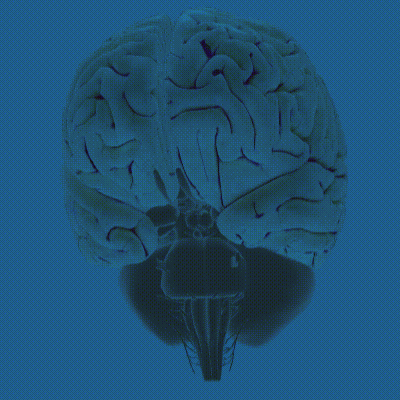What Is Fetal Alcohol Syndrome, and How Does It Affect the Brain?
- Published23 Aug 2018
- Reviewed23 Aug 2018
- Author Levi Gadye
- Source BrainFacts/SfN

In 1973, University of Washington physicians Kenneth Jones and David Smith documented a pattern of developmental delays and birth defects that can occur in in the children of women who abused alcohol during pregnancy. These children possessed similar facial abnormalities, like small eye openings, a flat area under the nose and a thin upper lip. They also suffered from brain defects, such as abnormally small brains and developmental delays. Jones and Smith called this pattern of defects fetal alcohol syndrome (FAS) because these abnormalities affected children exposed to alcohol in the womb
Some children who have been exposed to alcohol in the womb may only develop some of these features. These children may have any of a handful of different conditions that are known as fetal alcohol spectrum disorders (FASDs), which includes FAS and a condition known as alcohol-related neurodevelopmental disorder (ARND). BrainFacts.org spoke with Edward Riley, professor of psychology and director of the Center for Behavioral Teratology at San Diego State University, about the effects of alcohol on the fetal brain.
What happens when alcohol is consumed during pregnancy?
When a pregnant woman consumes alcohol, it crosses the placenta, affecting the development of the fetus - including the brain. The facial defects that are typical of FAS result from exposure to alcohol during the first trimester of pregnancy, when facial features are developing. Still, alcohol use at any point during pregnancy may increase the risk of FASD because the brain grows throughout pregnancy.
How do scientists know that alcohol causes the symptoms of FAS?
It is tough to prove conclusively that alcohol causes FAS and FASD. Experiments in animal models strongly suggest that alcohol causes the abnormalities seen in FAS and FASD. For instance, when pregnant mice are given alcohol on the seventh day of gestation (equivalent to early in the human first trimester), the resulting pups are born with facial defects similar to those of humans with FAS.
Similarly, many of the brain abnormalities seen in children with FAS can be reproduced in animal models of the condition. Brain imaging studies have shown that children with FAS have, on average, smaller brains than normal, and defects in the frontal lobe, the corpus callosum, the cerebellum, the hippocampus, and the basal ganglia. Other imaging studies have shown poorer communication between various brain areas. These changes in the brain affect a variety of abilities, including decision-making, the ability to organize and plan, learning and memory, and motor control. Importantly, exposed children without the facial characteristic of FAS have similar behavioral problems. Many are misdiagnosed as having attention deficit hyperactivity disorder, or ADHD. Researchers documented similar problems in brain development in animal models, and the same abilities tend to be hindered both in children with FASD and in animal models of FASD.
How does alcohol cause FAS?
We don’t fully understand how alcohol causes the specific problems seen in FAS, but experiments in animal models and petri dishes have produced some good theories. Alcohol exposure prompts neural crest cells, which normally develop into facial structures and various brain cells, to die prematurely. It slows down the reproduction of neural stem cells, which drive the development of the fetal brain. And even when neural stem cells are still able to reproduce, alcohol interferes with their migration to the proper part of the brain, further disrupting brain development.
Fetal Alcohol Spectrum Disorder is a public health crisis, not just in the U.S., but globally.
A recent study found that between 1.1 and 5 percent of children in the U.S. have symptoms of FASD, and others estimate that FASD may be the leading cause of intellectual disability in the Western world. FASD is a public health crisis, not just in the U.S., but globally.
Scientists continue to study FAS and FASD, and the story is more complicated than just alcohol and pregnancy. Some pregnancies seem to be more sensitive to the damaging effects of alcohol exposure than others, for example, and research has shown that genetics and nutrition may influence the risk of these conditions.
What can be done?
As we now know, alcohol use should be discouraged in pregnant people. But there is still hope for affected children. Early interventions for children with FAS or FASD — like therapies that teach motor skills, communication, and social interaction — can work, so proper diagnosis and robust healthcare is critical to long-term health. Lastly, these conditions are life-long, and teens and adults with FAS deserve quality care, too — it can be difficult, for instance, for adults with FAS to qualify for disability services. Some health problems may develop many years after exposure to alcohol in the womb. Research into the long-term effects of FASD must be complemented by adequate support for adult FAS patients.
This question was answered by Edward Riley as told to Levi Gadye for BrainFacts.org
BrainFacts.org welcomes all your brain-related questions.
Every month, we choose one reader question and get an answer from a top neuroscientist. Always been curious about something?
Please submit your question by filling out this form.








